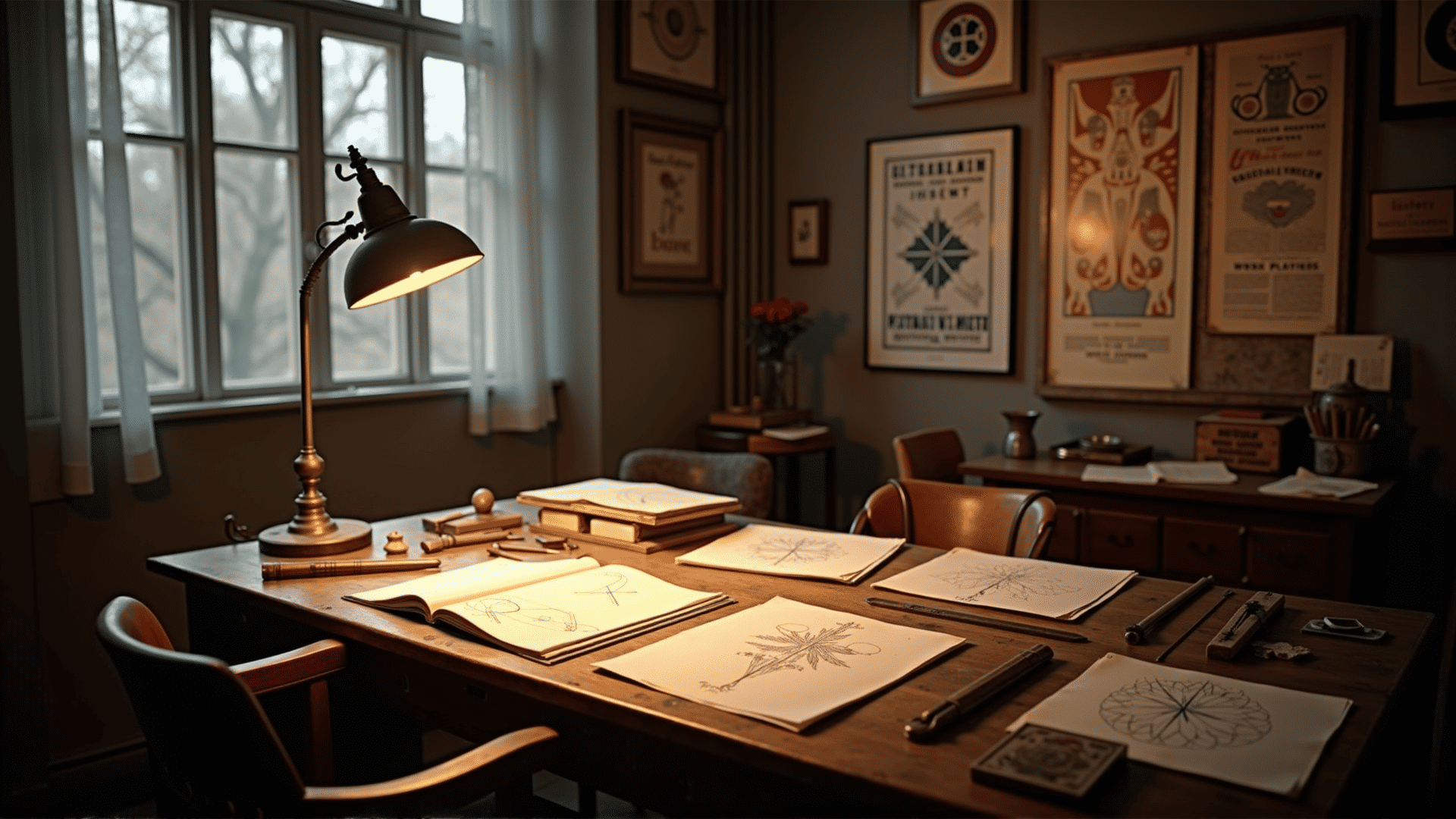Tracing the history of design provides a fascinating insight into how past influences shape modern aesthetics. Understanding the trajectory of various design movements allows us to appreciate the continual evolution of visual communication, enriching our perception of current trends.
The roots of design history can be traced back to ancient civilizations, where the principles of proportion and harmony laid the groundwork for artistic endeavors. As societies evolved, so did their expressions through form and function, setting the stage for the remarkable design movements that would follow.
The Renaissance was a pivotal era where art and design saw a revitalization, characterized by a return to classical ideals and a burgeoning emphasis on perspective and human anatomy. This period ignited an enduring legacy of innovation that reverberates through modern artistic expressions.
In the late 19th and early 20th centuries, the Arts and Crafts Movement emerged as a counter-response to the Industrial Revolution. This movement emphasized craftsmanship and the intrinsic beauty of materials, advocating for a return to simplicity and functionality. Its influence persists today, where a minimalist aesthetic is often favored in product and interior design.
Simultaneously, the birth of the Art Nouveau style introduced a flowery, organic approach, blending architecture, graphic art, and decorative arts. Its intricate designs and flowing forms left an indelible mark on areas such as modern illustration and typography.
The onset of the 20th century saw the rise of the Bauhaus school, which revolutionized design by integrating art, technology, and industry. This movement’s emphasis on minimalism and functionality cast a long shadow on modern architecture and consumer goods, promoting a no-frills approach that remains prevalent.
Following the Bauhaus, Mid-century Modern emerged, epitomizing sleek lines and minimal ornamentation while integrating materials like plywood and aluminum. Its approach continues to thrive, resonating with those who appreciate an uncluttered, yet stylish, aesthetic.
The latter half of the 20th century saw a divergence into more diverse and eclectic expressions with movements like Pop Art and Postmodernism. These styles broke barriers by embracing bold colors, irony, and unconventional materials, encouraging designers to push boundaries and challenge norms.
Fast forward to today's design landscape, and the echoes of these historical movements are unmistakable. Contemporary designers often draw inspiration from past eras, integrating the timeless appeal of classic elements with cutting-edge technology to create work that is both innovative and rooted in tradition.
The ongoing resonance of these key movements underscores the importance of understanding design history. It serves as a rich tapestry from which modern creatives can pull threads of inspiration, blending the old and the new to forge aesthetically pleasing and meaningful works.
In sum, delving into the past reveals the multitude of ways in which historical design movements continue to inform and inspire current practices, illustrating a narrative of growth and change that is as dynamic as it is enduring. Through this lens, we unlock a deeper appreciation of the visual world around us.
